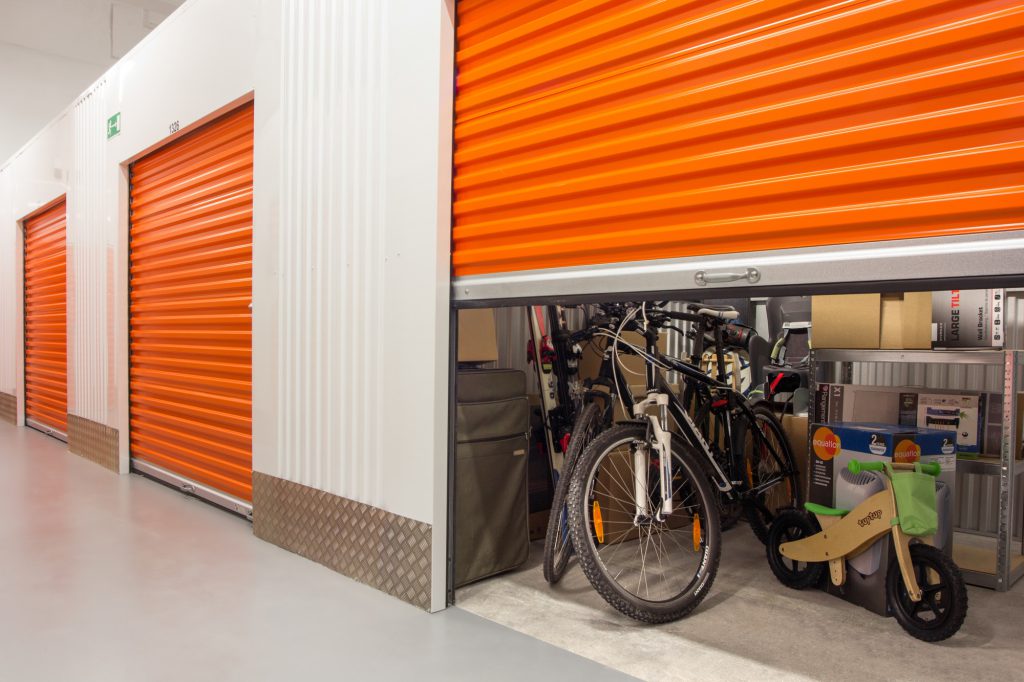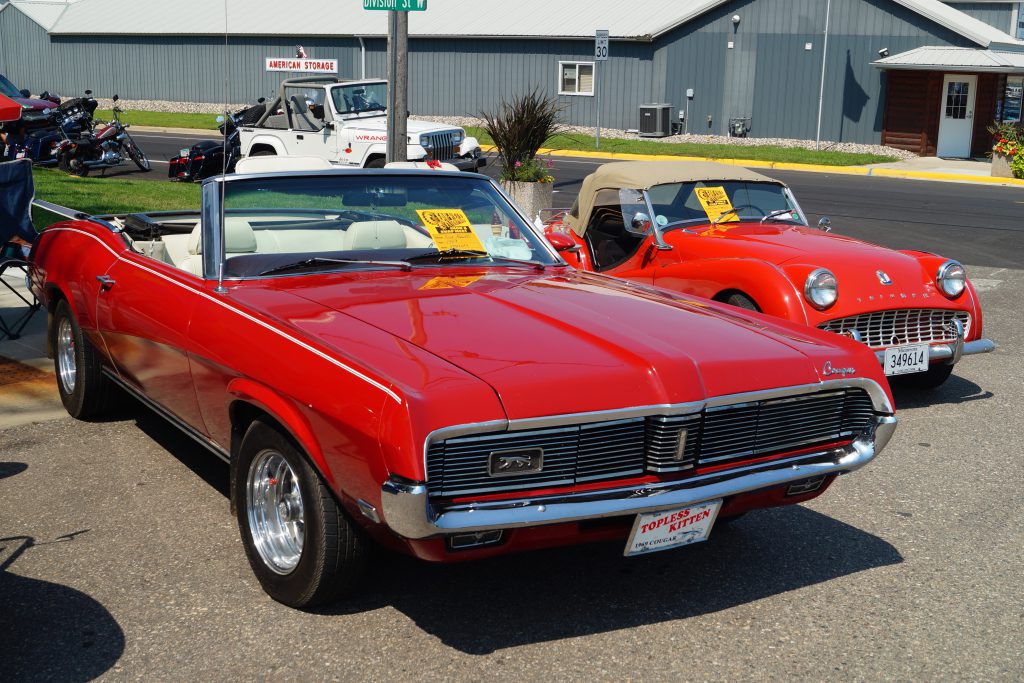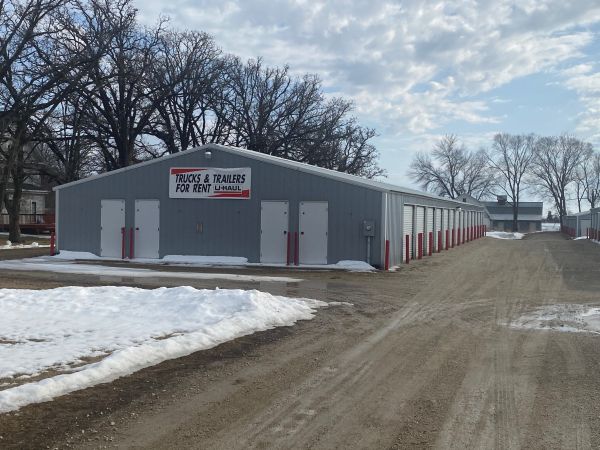
Properly preparing your wigs for self-storage is crucial to maintain their quality and prevent damage. Here are some tips to help you prepare your wigs for storage:
- Clean Thoroughly: Before storing your wigs, make sure they are clean. Use a wig-specific shampoo or gentle shampoo to wash them. Rinse thoroughly to remove any residue.
- Condition: After washing, apply a conditioner specifically designed for wigs to keep them soft and manageable. Leave the conditioner on for the recommended time, then rinse it out.
- Dry Completely: Allow your wigs to air dry completely before storing them. Avoid using heat styling tools or exposing them to direct sunlight, as excessive heat can damage the fibers.
- Detangle Carefully: Use a wide-tooth comb or a wig brush to gently detangle the wig, starting from the ends and working your way up to the roots. Be gentle to avoid damaging the fibers.
- Style as Desired: If you prefer to store your wigs in a particular style, such as braided or with loose curls, style them before storage. Secure any loose ends or flyaways with pins or clips.
- Use a Wig Stand or Head: To maintain the shape of your wigs, store them on a wig stand or a mannequin head. This will help prevent them from becoming misshapen or tangled during storage.
- Protective Covering: Place each wig in a breathable storage bag or a clean pillowcase to protect it from dust, dirt, and moisture. Avoid using plastic bags, as they can trap moisture and lead to mold or mildew growth.
- Avoid Extreme Temperatures: Store your wigs in a cool, dry place away from direct sunlight, heaters, or air conditioning vents. Extreme temperatures can damage the fibers and affect the overall quality of the wigs.
- Check Regularly: Periodically check on your stored wigs to ensure they remain in good condition. If you notice any signs of damage or matting, take appropriate steps to address them immediately.
- Rotate Wigs: If you have multiple wigs, consider rotating them periodically during storage to prevent prolonged pressure on specific areas and maintain their shape.
By following these tips, you can properly prepare your wigs for self-storage and ensure they remain in excellent condition until you’re ready to wear them again.









